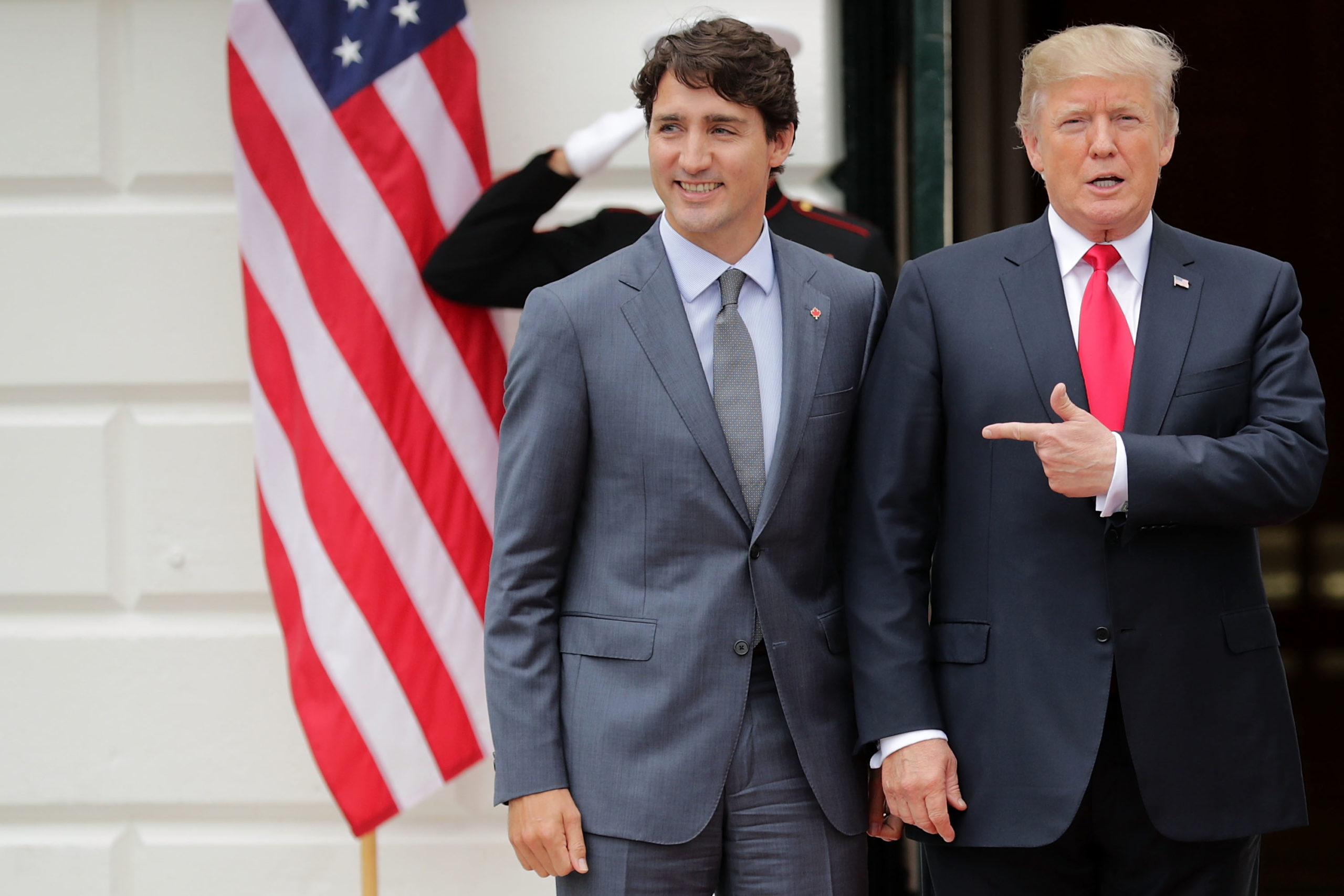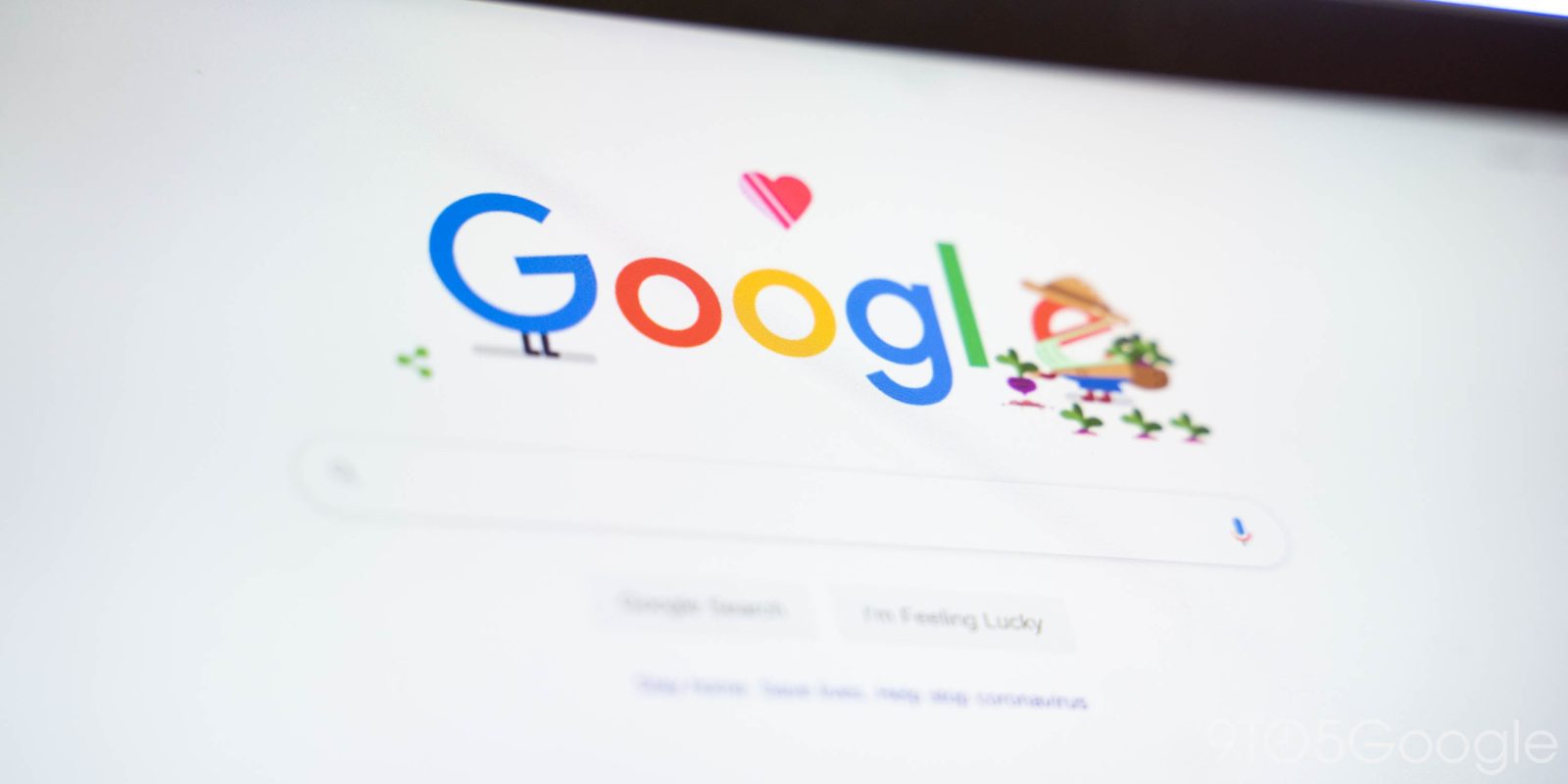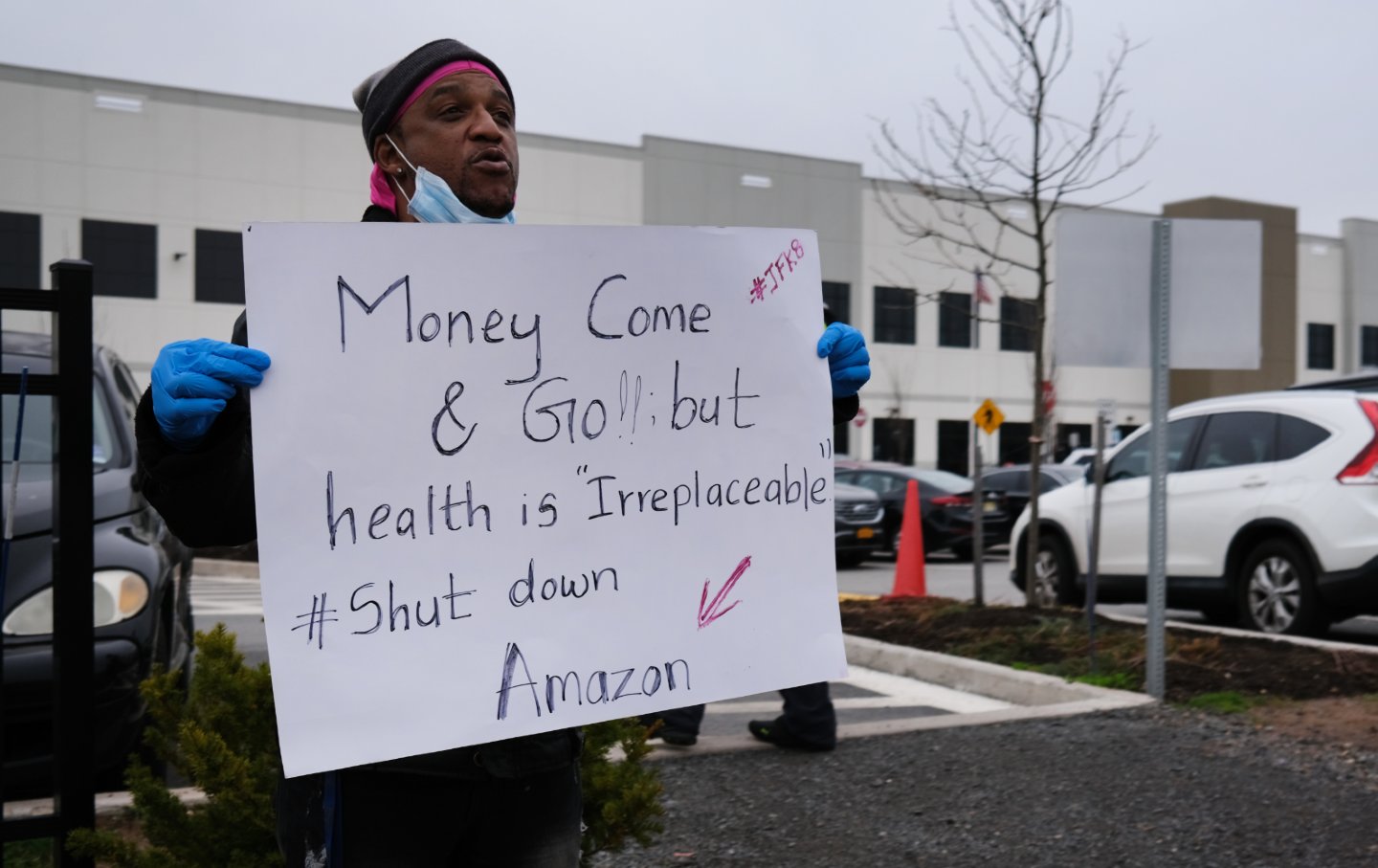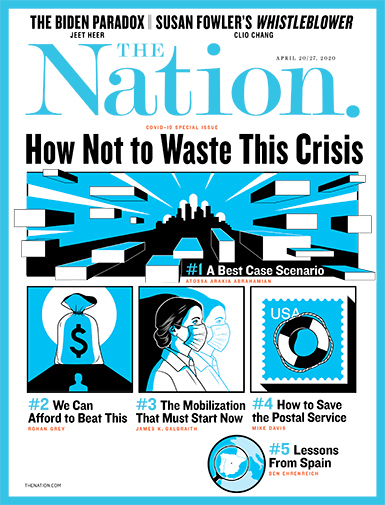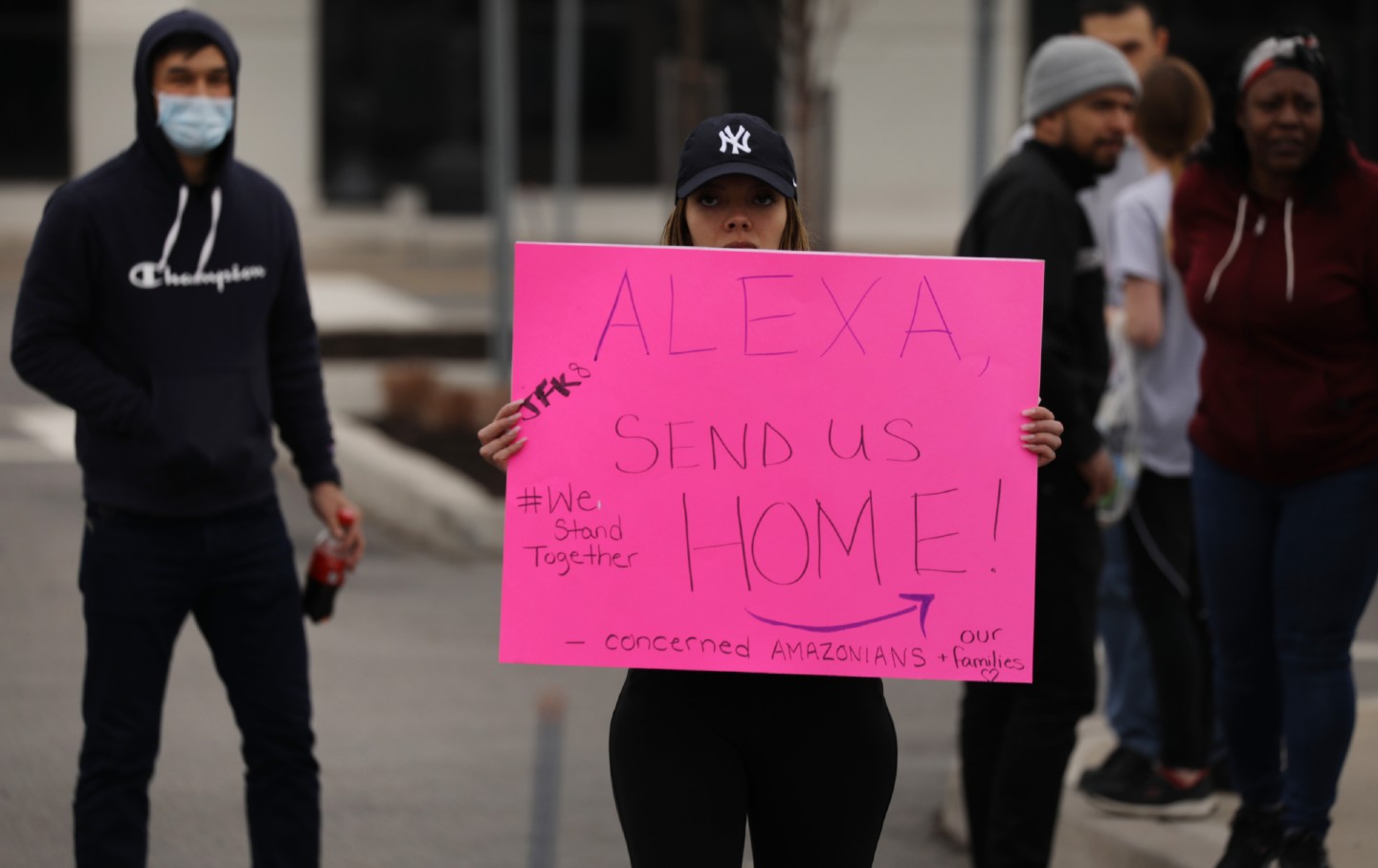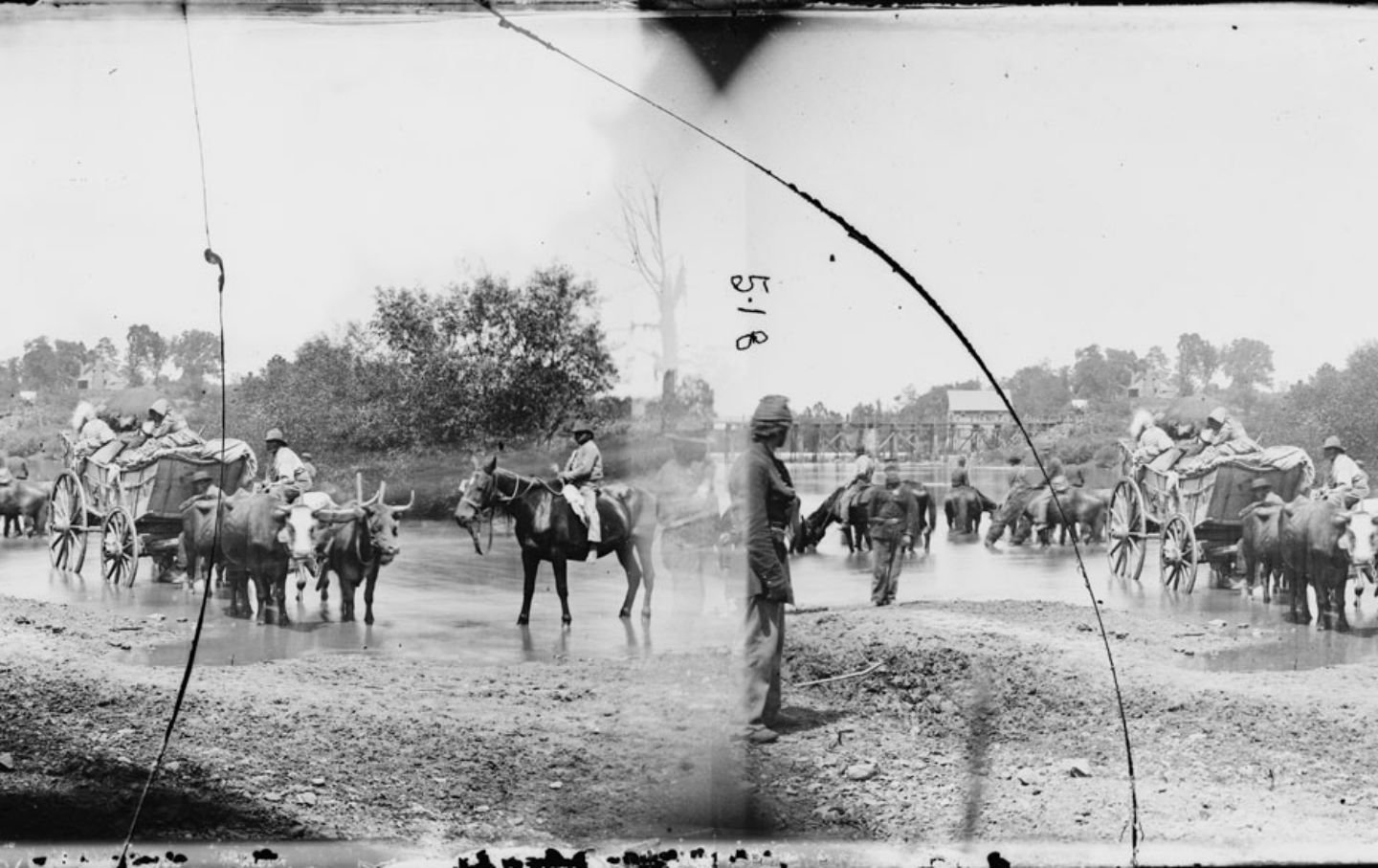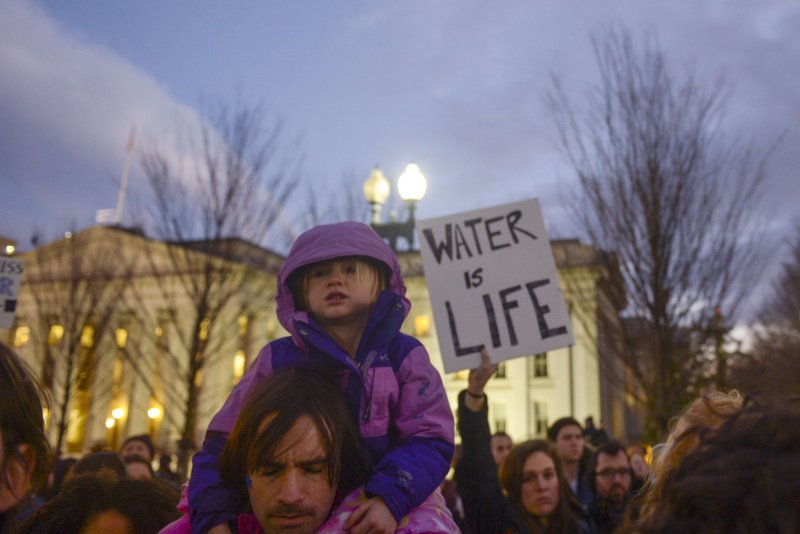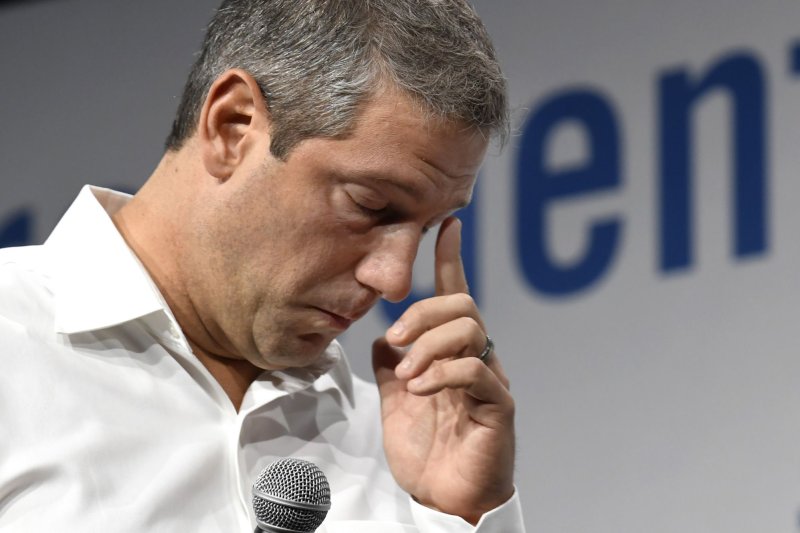
April 15 (UPI) -- The Trump administration warned that North Korea is conducting cyberattacks that not only threaten the United States but the international financial system.
U.S. NEWS
APRIL 16, 2020 / 1:04 AM
In a 12-page joint advisory published Wednesday, the U.S. State Department, Treasury, Homeland Security and the Federal Bureau of Investigation accused North Korea of conducting cyberattacks targeting the financial sector to generate funds for its weapons of mass destruction and ballistic missile programs, warning that the attacks pose "a significant threat to the stability and integrity of the international financial system."
According to a statement from the State Department, the advisory's purpose is to "raise awareness" of the cyberthreat posed by North Korea.
"The United States is deeply concerned about North Korea's malicious cyberactivities, which the U.S. government refers to as HIDDEN COBRA. The DPRK has the capability to conduct disruptive or destructive cyberactivities affecting U.S. critical infrastructure," the advisory said referring to North Korea by the initials of its official name, the Democratic People's Republic of Korea.
The report said the state-sponsored cyberactors are hackers, cryptologists and software developers who attack financial institutions, digital currency exchanges and politically motivated operations that target foreign media companies through deploying malware tools that have increasingly grown in sophistication.
The interagency report details several attacks widely attributed to the communist nation, including the November 2014 cyberattack on Sony Pictures Entertainment in retaliation for the 2014 comedy film "The Interview" that was set in the hermit kingdom and mocked leader Kim Jong Un, the February 2016 cyberheist of $81 million for the Bangladesh Bank and the May 2017 WannaCry 2.0 ransomware attack when hundreds of thousands of computers in more than 150 countries were infected with malware to extort money from their owners, among others.
The agencies in the report urged governments, industry and the public to adopt countermeasures against the threat, such as raise awareness, share technical information about the threat, implement best cybersecurity practices and notify law enforcement if one suspects they have been victimized through malicious cyberactivity.
The consequences, however, of engaging in or supporting Pyongyang's illicit activities include being sanctioned by the U.S. Treasury and criminally prosecuted by the Department of Justice, it said.
Meanwhile, the State Department's Rewards for Justice program is offering a reward of up to $5 million to anyone who has information about the Kim regime's cyberactivities.
"It is vital for the international community, network defenders and the public to stay vigilant and to work together to mitigate the cyberthreat posed by North Korea," the report said.
The United States has previously sanctioned and criminally charged individuals linked to North Korea's cybercrimes.
In September 2018, Park Jin Hyok was sanctioned by the U.S. Treasury and charged by the Justice Department for his involvement in several of the North's high-profile attacks, including against Bangladesh's central bank and Sony Pictures.
Last month, the Treasury imposed sanctions against two Chinese nationals for laundering millions of dollars of stolen in 2018 from a cryptocurrency exchange by a U.S.-designated North Korean-sponsored cybergroup.
The report was published a day after North Korea fired a series of projectiles and air-to-ground missiles into the sea toward Japan.
